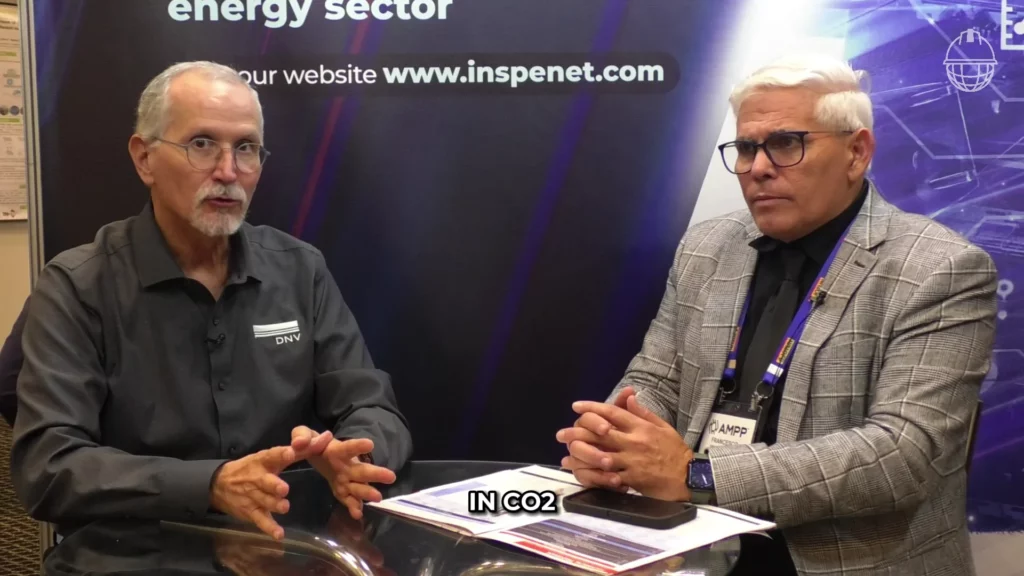
During his plenary session at LATINCORR and InterCORR 2023 in Rio de Janeiro, Vera explored the impact of impurities on corrosion and stress corrosion cracking in CO2 transportation and injection, addressing significant challenges for carbon capture, utilization, and storage (CCUS) towards the goal of net zero emissions.
What affects CO2 transportation?
Vera’s keynote focused on how impurities present in CO2 can affect its safe and efficient transportation. He emphasized the need to understand and mitigate the effects of these impurities to move towards environmental sustainability goals. In this context, he highlighted how the long distance between CO2 capture points and utilization or injection sites represents a significant logistical and technical challenge.
Vera also stressed the importance of considering CO2 not only from traditional geological sources but also captured from industrial processes, such as cement or bioethanol production. The diversity of CO2 sources leads to a variability in the impurities present, which adds complexity to its safe capture, transportation, and storage.

Engineering faces the challenge of handling megatons of CO2, with an expected increase in the demand for CO2 capture and injection in the next 20 years, especially linked to the production of hydrogen as a clean energy source.
This scenario highlights the importance of developing infrastructure capable of handling high pressures and volumes of CO2 in supercritical form, while ensuring the integrity of pipelines against corrosion and other degradation mechanisms.
What is needed for CO2 transportation?
The episode discusses how impurities such as carbon monoxide, sulfur oxide, nitrogen oxides, hydrogen, and oxygen can affect the integrity of CO2 transportation infrastructure, highlighting CO2 corrosion and hydrogen embrittlement as specific concerns. Vera argues that the design of CO2 transportation systems requires a meticulous approach to material selection, impurity control, and corrosion management to ensure safety and operational efficiency.
Dr. Vera emphasizes the need for continuous research and development to establish safe impurity limits and develop effective corrosion mitigation methods. This collaborative effort between corrosion engineers, metallurgists, and chemists is vital to overcoming technical hurdles and achieving the goal of a low-carbon economy.
The conversation concluded with a call to the engineering community and professionals to prepare for future challenges, optimizing available knowledge and technologies to handle CO2 safely and effectively.
This episode not only highlights the critical importance of engineering and innovation in the fight against climate change but also how collaboration and shared knowledge can strengthen global efforts towards environmental sustainability.
For more content related to the event visit https://inspenet.com/inspenet-tv/ and our Youtube channel.











